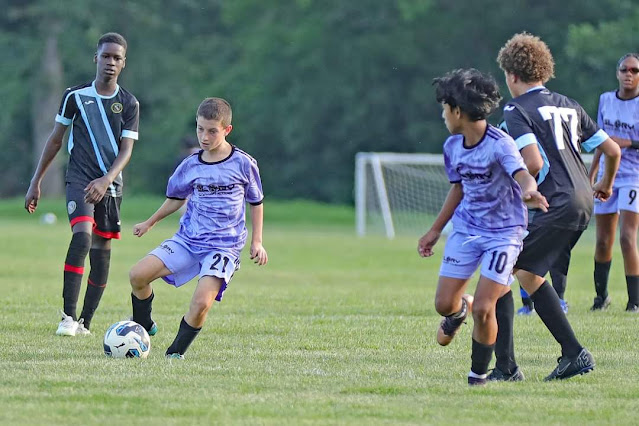If you’ve never been a military brat or been in uniform yourself, you might not be familiar with one of the motivating factors that the military uses: The plaque. Each plaque includes your name, what you did, and customization from the presenting organization. A memento of a certain period of time.
Sure, you get medals for specific things you’ve done or specific goals accomplished, but besides that you sometimes find yourself being presented with either a certificate or a plaque. Plaques are for things that are one step beyond simply completing something but not quite enough to get a medal. Over the course of a career, people normally put these up in their office or at home on an I Love Me wall. When you consider a full career being 20 to 30 years of service, the number of plaques you acquire over that period adds up.
When I transitioned from the military to civilian life, I got rid of a few plaques, but then there were some I just couldn’t part with at that point, so I wrapped him up and stuck them in a box. Recently, I took time to make another cut in my plaque collection, and the ones pictured above are the ones that are now history.
The oldest plaque is for Airmen of the Quarter when I was at Langley Air Force Base. It was the last thing I did before becoming an NCO.
The two similar plaques are from when I attended Leadership School on Guam. One is for being the Class Speaker; the other for being a Distinguished Graduate. Whereas I arrived at the school knowing I was going to take the Class Speaker award, Distinguished Graduate was a surprise. I still remember the school vividly, having learned a lot about leadership there. Also learned the importance of ongoing education; not just for further advancement but because taking time away from the job refreshed the spirit.
The NCO of the month award for February 1986 was while part of the aerial port unit. After completing Leadership School, I changed my specialty from transportation to logistics planning. So, the plaque from the 43rd Bombardment Wing only covers the year I spent there prior to moving back to the US. Yes, the military gives you plaques simply because you’re leaving.
The last two plaques in the picture were simply because I was moving on. One from the 305 Air Refueling Wing at Grissom Air Force Base and another from the 930th Maintenance Squadron (AFRC).
These are not all the plaques that I have. These are the ones that I’ve decided it was time to part with. Saying goodbye to them is bittersweet, but necessary. These were part of the past long ago and served the purpose of recognizing significant things I did but more importantly keeping me motivated during the two decades I spent in uniform.
From this point on, my dentist will probably be the only one doing plaque removal.
901,528


















